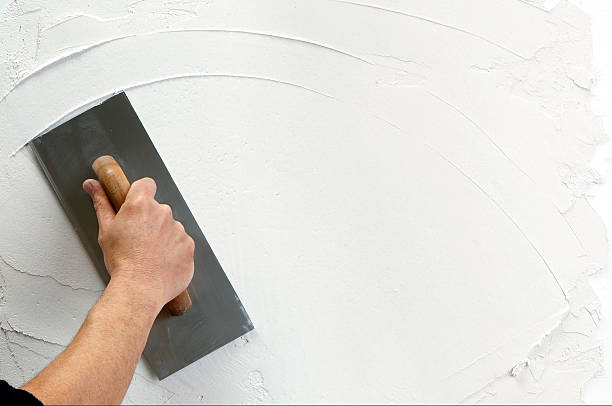The Ultimate Guide to Plastering Tools: A Comprehensive Review
If you’re a professional plasterer, or a DIY enthusiast, having the right tools is essential to achieving a high-quality finish. With so many plastering tools on the market, it can be difficult to know which ones to choose. That’s why we’ve put together this comprehensive guide to plastering tools, to help you make informed decisions and achieve great results.
Trowels
Trowels are an essential tool for any plasterer. They are used to apply, shape and smooth plaster onto walls, ceilings and other surfaces. There are several different types of trowels available, including:
Finishing trowels: used for smoothing and finishing the surface of the plaster. They are usually made of stainless steel and have a flat, smooth blade.
Corner trowels: used for smoothing and finishing plaster in corners. They have a triangular shape and a flexible blade that can be bent to fit into tight corners.
Notched trowels: used for applying adhesive or plaster to surfaces. They have a notched blade that helps to spread the material evenly.
When choosing a trowel, it’s important to consider the size and shape of the blade, as well as the material it’s made from. A good quality trowel will make the plastering process easier and help you achieve a smooth, professional finish.
Hawks
A hawk is a flat, square board with a handle, used for holding plaster or adhesive while it’s being applied. It allows the plasterer to scoop up a small amount of material from the bucket and apply it to the wall or ceiling with the trowel. There are several different types of hawks available, including:
Plastering hawks: used for holding plaster or adhesive. They are usually made of stainless steel or aluminium and have a comfortable handle.
Plastic hawks: used for holding plaster or adhesive. They are lightweight and easy to clean, making them a popular choice for DIYers.
When choosing a hawk, it’s important to consider the size and material. A larger hawk will hold more material, but may be more difficult to handle, while a smaller hawk may be more manoeuvrable, but hold less material.
Floats
A float is a flat, rectangular tool used for smoothing and levelling plaster. There are several different types of floats available, including:
Plastic floats: used for smoothing and finishing plaster. They are lightweight and easy to clean, making them a popular choice for DIYers.
Wooden floats: used for smoothing and levelling plaster. They are usually made of hardwood and have a comfortable handle.
When choosing a float, it’s important to consider the material it’s made from, as well as the size and shape. A good quality float will help you achieve a smooth, level finish.
Other Tools
In addition to trowels, hawks and floats, there are several other tools that are essential for plastering, including:
Mixing drills: used for mixing plaster or adhesive. They are usually electric and can mix large quantities of material quickly and efficiently.
Plastering stilts: used for working at height. They allow the plasterer to move around freely while working on ceilings or high walls.
Plasterboard saws: used for cutting plasterboard to size. They are usually serrated and have a comfortable handle.
When choosing these tools, it’s important to consider the quality and durability, as well as any additional features that may be useful.


Comments are closed.